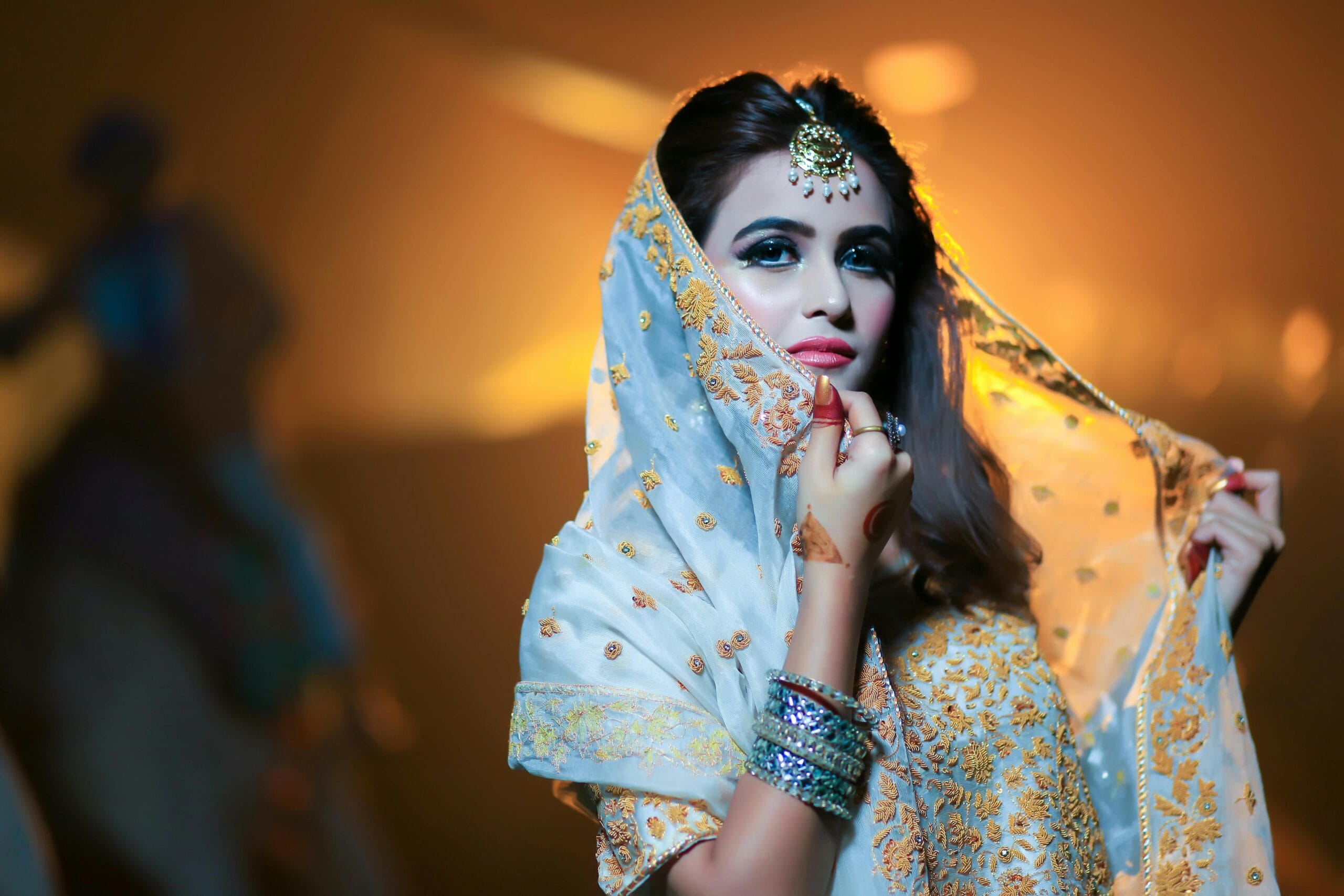Lyriah Jewelry Blog
The Enduring Allure of the Vintage Jewelry Revival

In a world obsessed with the new and shiny, there’s a growing appreciation for the unique character and timeless elegance of vintage jewelry. From Art Deco geometric designs to Victorian romanticism and Mid-Century Modern simplicity, vintage pieces offer a glimpse into the past, carrying stories and sentiments that resonate with modern sensibilities. But the vintage jewelry revival is more than just a fleeting trend; it’s a celebration of craftsmanship, sustainability, and personal expression. At Lyriah jewelry, we cherish the enduring allure of vintage jewelry. This in-depth guide will explore the reasons behind the vintage revival, highlighting key styles, iconic designers, and the enduring appeal of owning a piece of history.
I. Why the Vintage Jewelry Revival? Decoding the Appeal
Several factors contribute to the enduring popularity of vintage jewelry:
- Sustainability and Ethical Concerns:Vintage jewelry offers a sustainable alternative to newly manufactured pieces. By choosing vintage, consumers reduce the demand for newly mined materials and support a circular economy.
- Uniqueness and Individuality:Vintage pieces are often one-of-a-kind, allowing wearers to express their individuality and stand out from the crowd.
- Superior Craftsmanship:Vintage jewelry was often crafted with meticulous attention to detail and higher quality materials than many modern pieces.
- Nostalgia and Sentimental Value:Vintage jewelry evokes a sense of nostalgia and carries sentimental value, connecting wearers to the past and their personal history.
- Investment Potential:Certain vintage pieces, especially those by renowned designers or featuring rare gemstones, can appreciate in value over time.
- Storytelling:Vintage jewelry has a history. It has been worn, cherished, and passed down, accumulating a narrative that adds to its allure.
II. Key Eras and Styles in the Vintage Jewelry Revival:
Victorian Era (1837-1901):
- Characteristics:Romantic and sentimental designs, often featuring floral motifs, cameos, and mourning jewelry.
- Materials:Gold, silver, jet, gemstones such as garnet, amethyst, and pearl.
- Popular Pieces:Lockets, brooches, rings with floral engravings, and mourning pendants.
Art Nouveau Era (1890-1910):
- Characteristics:Flowing, organic designs inspired by nature, often featuring stylized flowers, insects, and mythical creatures.
- Materials:Gold, enamel, gemstones such as opal, moonstone, and pearl.
- Popular Pieces:Pendants, brooches, combs, and hair ornaments.
Edwardian Era (1901-1910):
- Characteristics:Elegant and refined designs, often featuring delicate filigree work, diamonds, and platinum.
- Materials:Platinum, diamonds, pearls, and delicate gemstones.
- Popular Pieces:Diamond necklaces, engagement rings, and delicate earrings.
Art Deco Era (1920-1935):
- Characteristics:Geometric designs, bold colors, and a sense of glamour and sophistication.
- Materials:Platinum, diamonds, gemstones such as emeralds, sapphires, rubies, and onyx.
- Popular Pieces:Cocktail rings, geometric pendants, and long pearl necklaces.
Retro Era (1935-1950):
- Characteristics:Bold and sculptural designs, often featuring large gemstones and geometric shapes.
- Materials:Gold, gemstones such as aquamarine, citrine, and amethyst, and synthetic gemstones.
- Popular Pieces:Cocktail rings, brooches, and bracelets.
Mid-Century Modern Era (1945-1965):
- Characteristics:Simple and elegant designs, often featuring clean lines and minimalist aesthetics.
- Materials:Gold, silver, gemstones such as turquoise, jade, and coral.
- Popular Pieces:Geometric pendants, stud earrings, and simple bracelets.
III. Iconic Designers and Brands to Look Out For:
- Cartier:Known for its iconic designs, including the Love bracelet and the Panthère collection.
- Van Cleef & Arpels:Renowned for its exquisite craftsmanship and innovative designs, such as the Alhambra collection.
- Tiffany & Co.:Famous for its signature blue boxes and timeless designs, including the Tiffany Setting engagement ring.
- Bulgari:Known for its bold and colorful designs, often featuring cabochon-cut gemstones.
- Coco Chanel:Revolutionized fashion and jewelry with her simple yet elegant designs, including the little black dress and pearl necklaces.
Tips for Buying Vintage Jewelry:
- Research:Learn about different eras and styles to identify the pieces that appeal to you.
- Authenticity:Purchase from reputable dealers or auction houses who can verify the authenticity of the jewelry.
- Condition:Examine the jewelry carefully for signs of wear and tear. Consider repairs if necessary.
- Materials:Check the quality and authenticity of the materials used in the jewelry.
- Price:Compare prices from different sources to ensure you’re getting a fair deal.
- Follow Your Heart:Ultimately, choose pieces that you love and that resonate with your personal style.
V. Caring for Your Vintage Treasures:
- Handle with Care:Vintage jewelry is often delicate and should be handled with care.
- Store Properly:Store your jewelry in a soft pouch or jewelry box to prevent scratches and damage.
- Clean Gently:Clean your jewelry with a soft cloth and mild soap and water. Avoid harsh chemicals or abrasive cleaners.
- Professional Cleaning:Have your jewelry professionally cleaned and inspected regularly to ensure its longevity.
The vintage jewelry revival is a testament to the enduring power of beauty, craftsmanship, and history. By embracing vintage pieces, you can express your unique style, support sustainable practices, and own a piece of the past. At Lyriah jewelry, we celebrate the timeless elegance of vintage jewelry and are committed to helping you discover the perfect pieces to add to your collection.
What is your favorite vintage jewelry era or style? Share your thoughts in the comments below!



